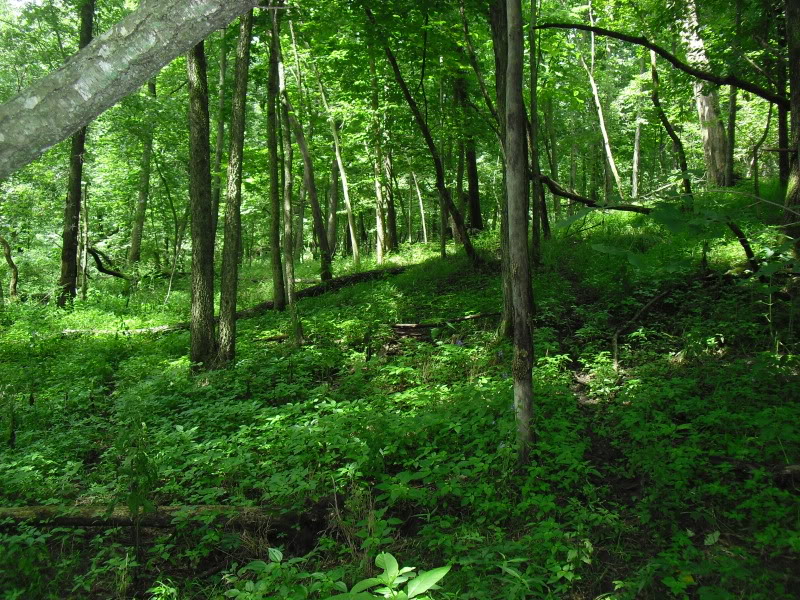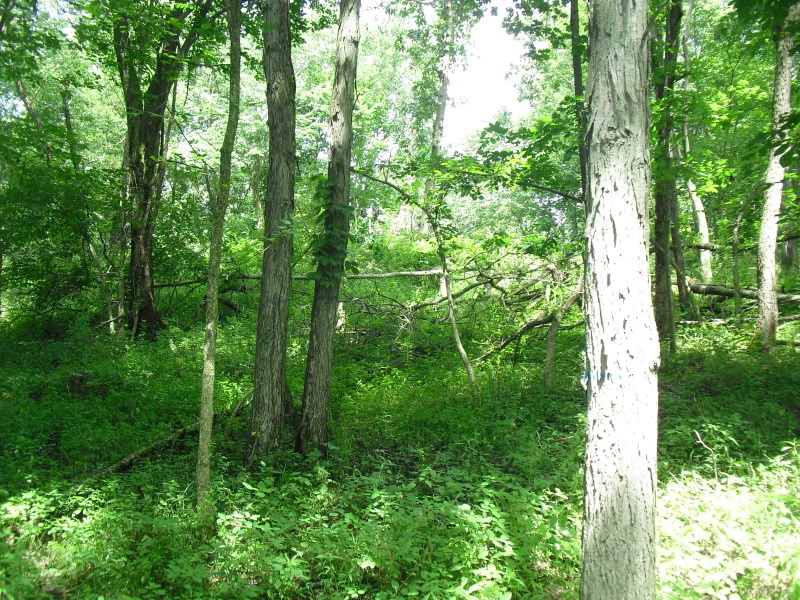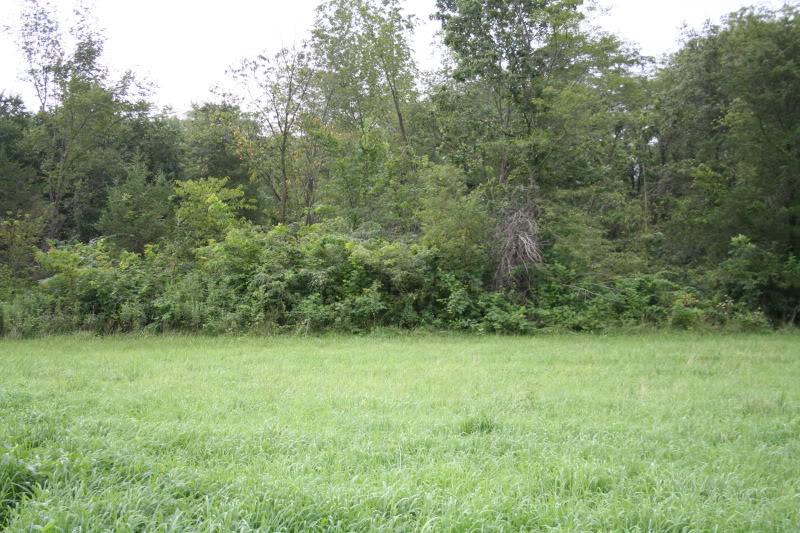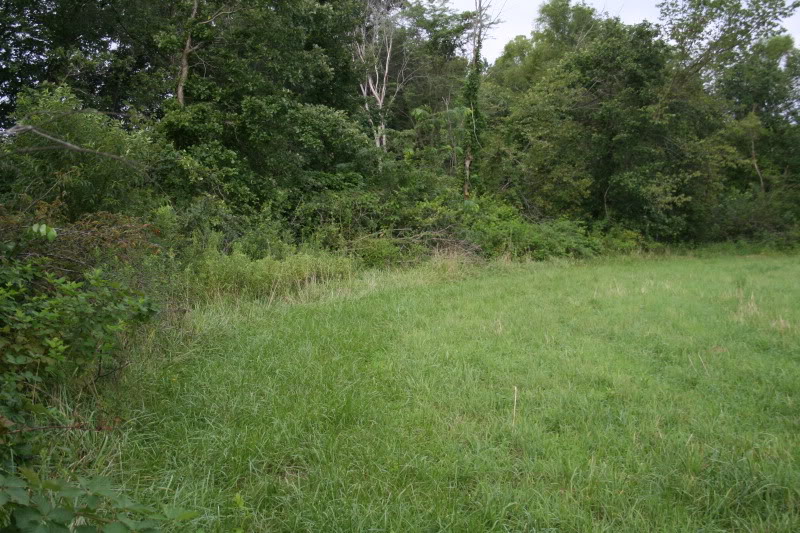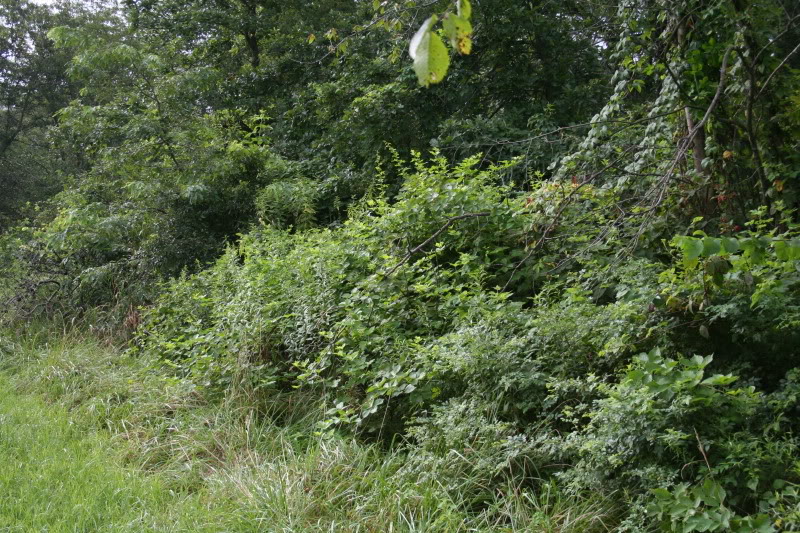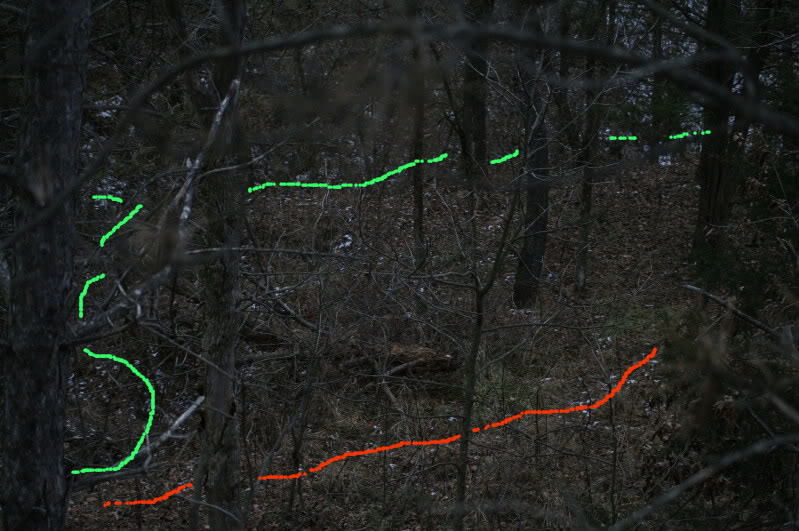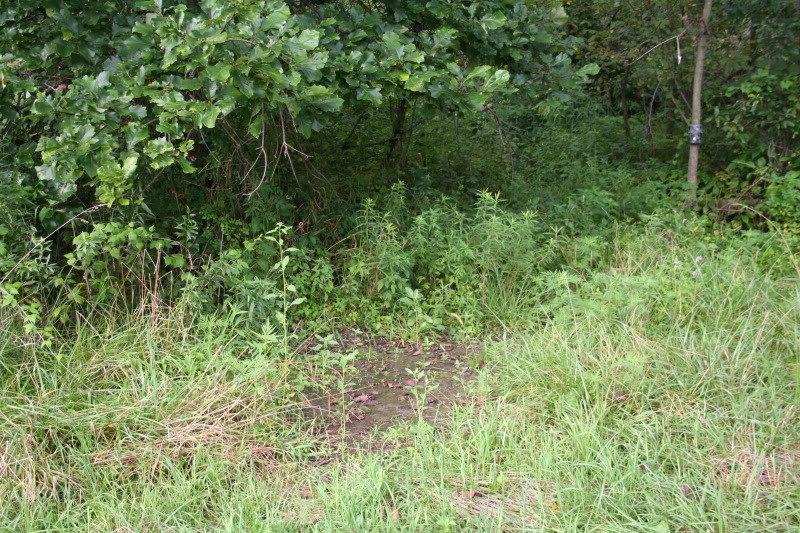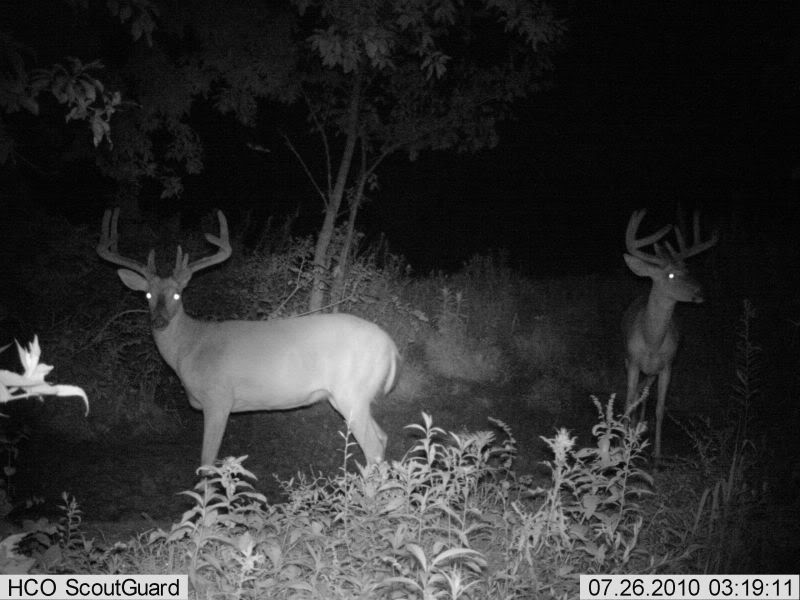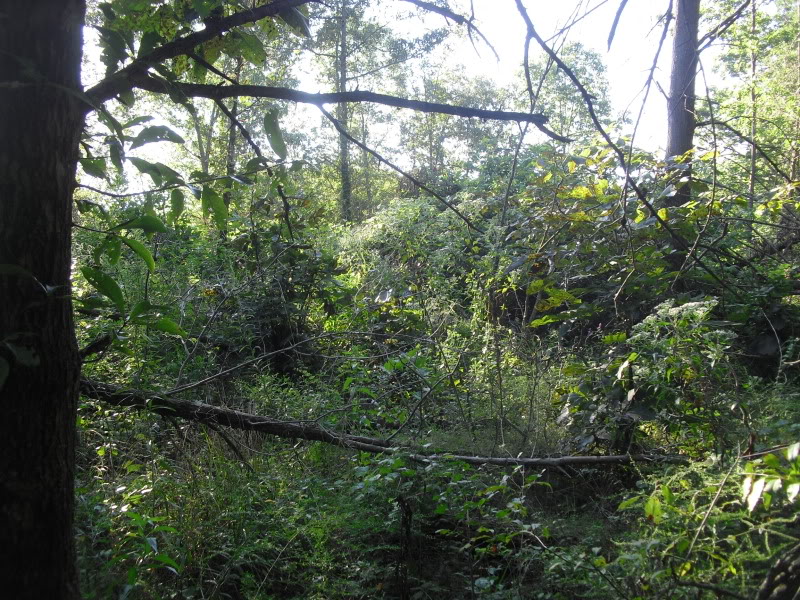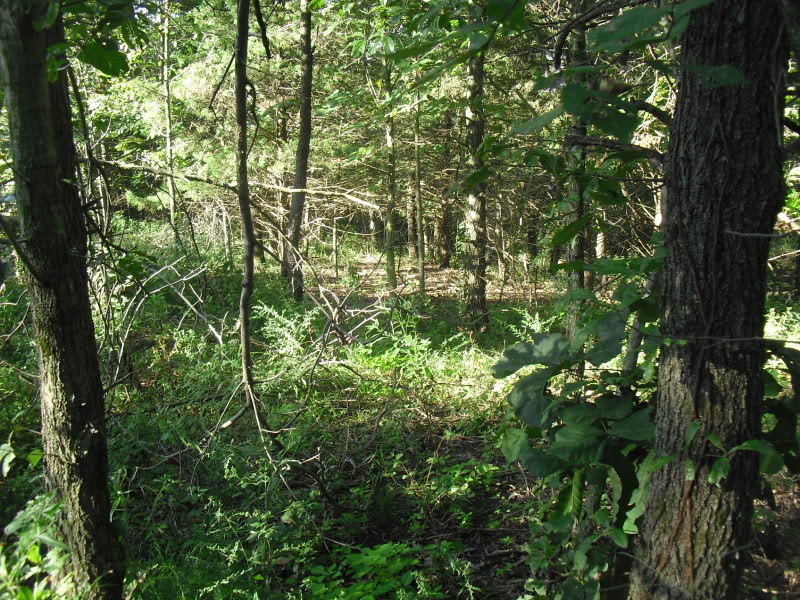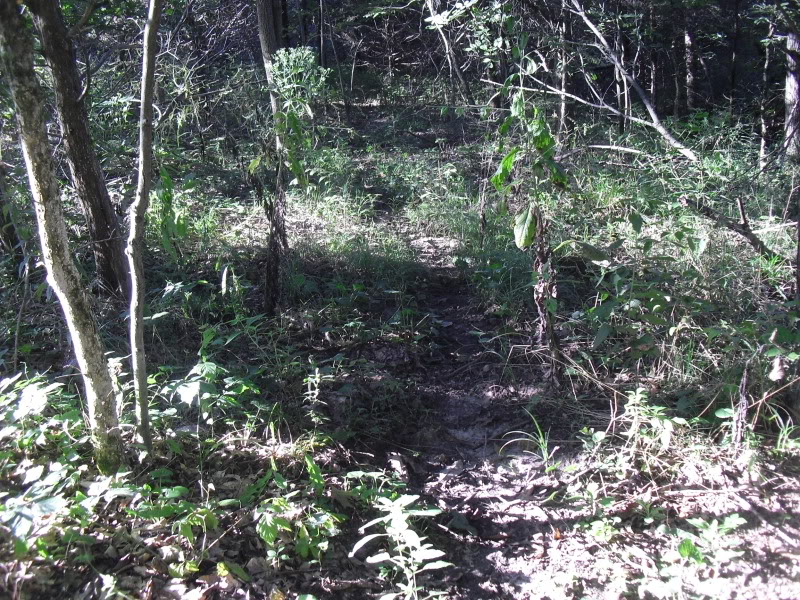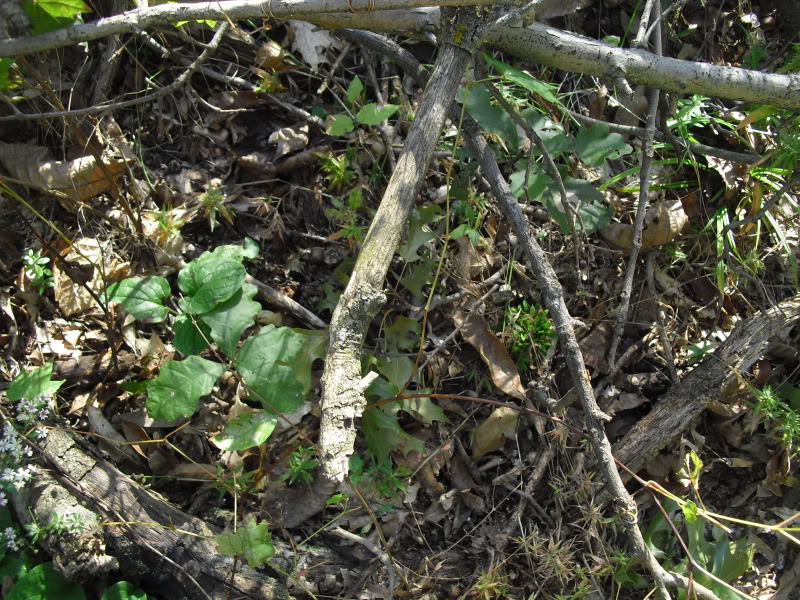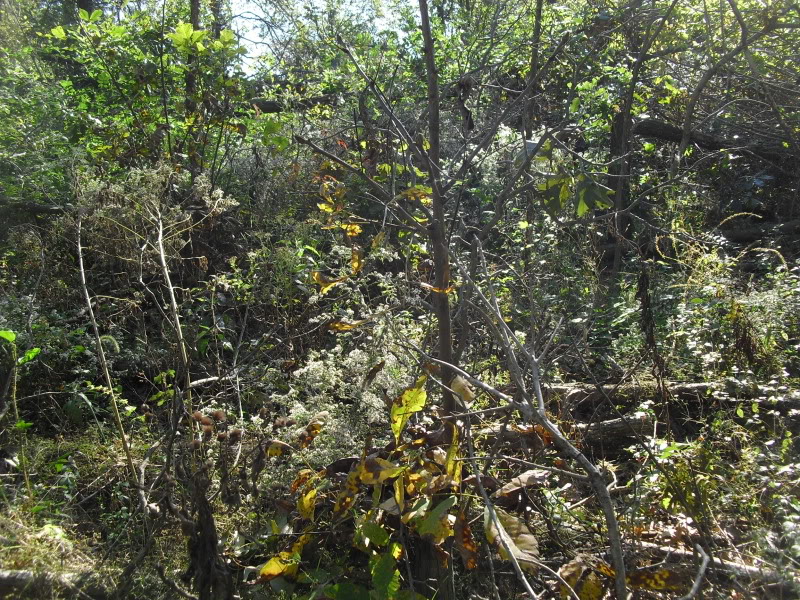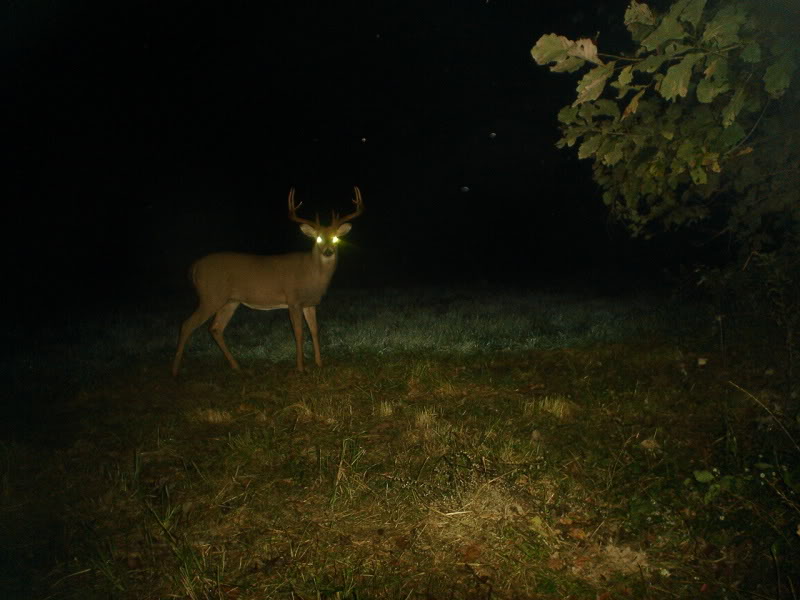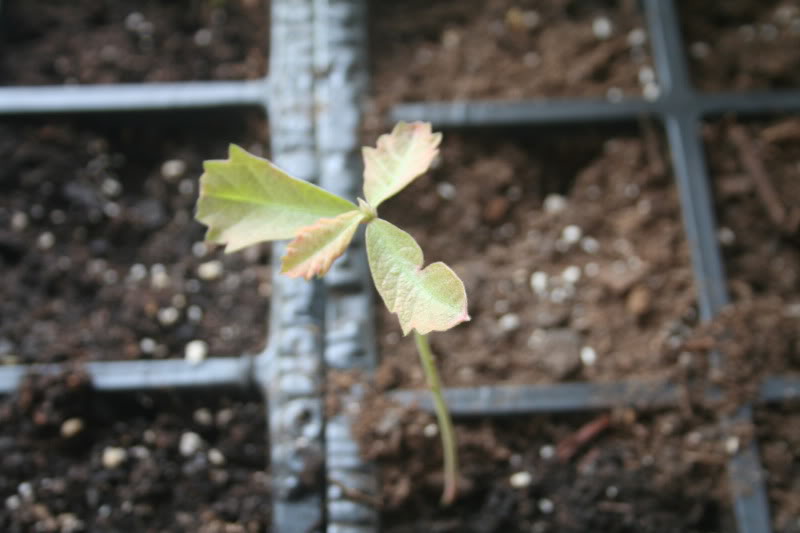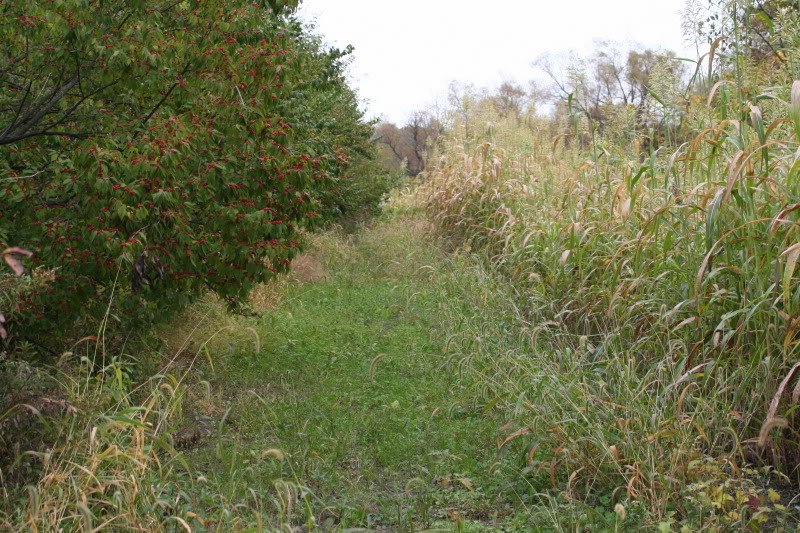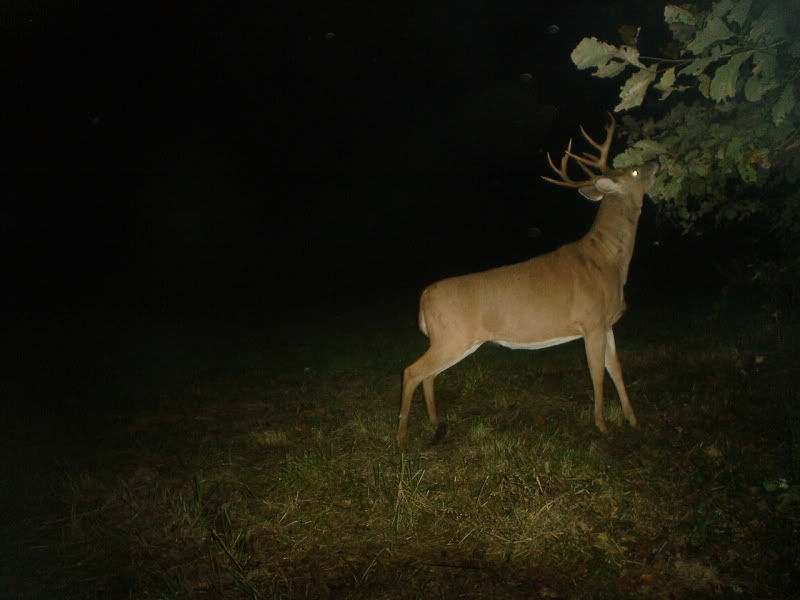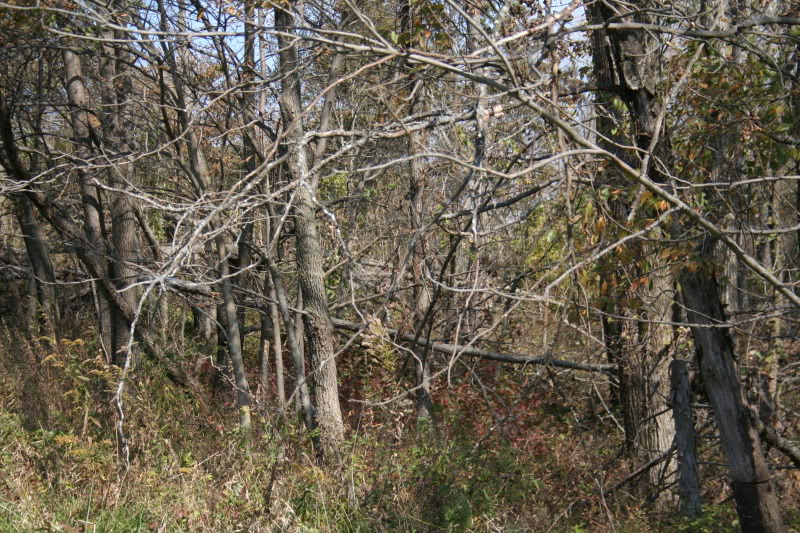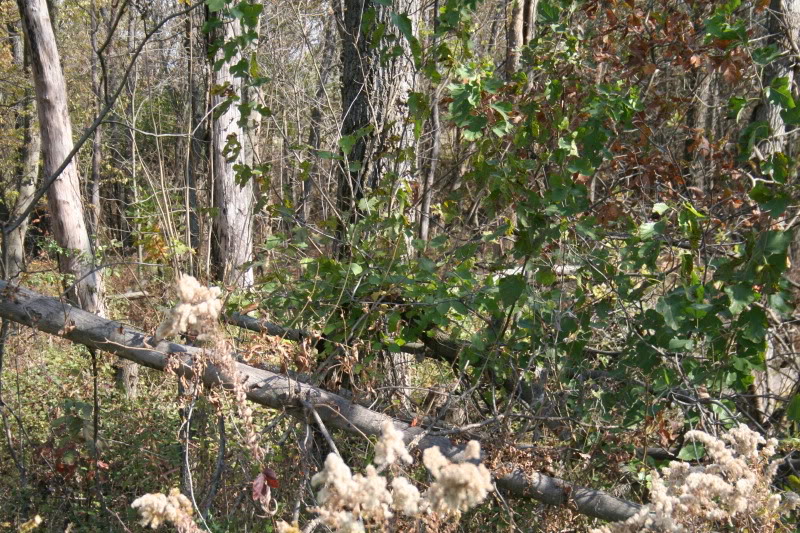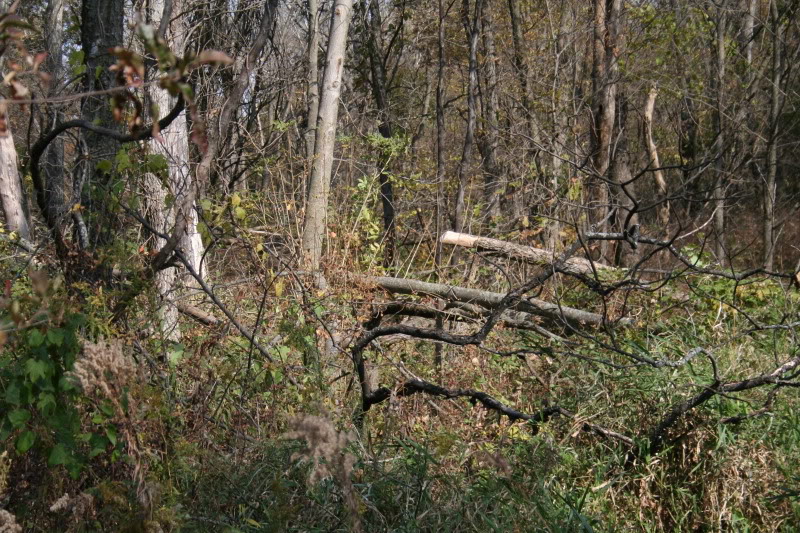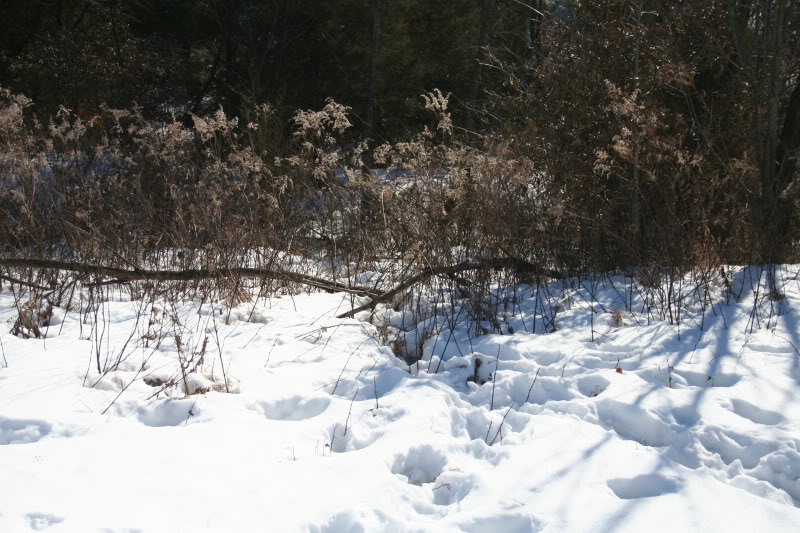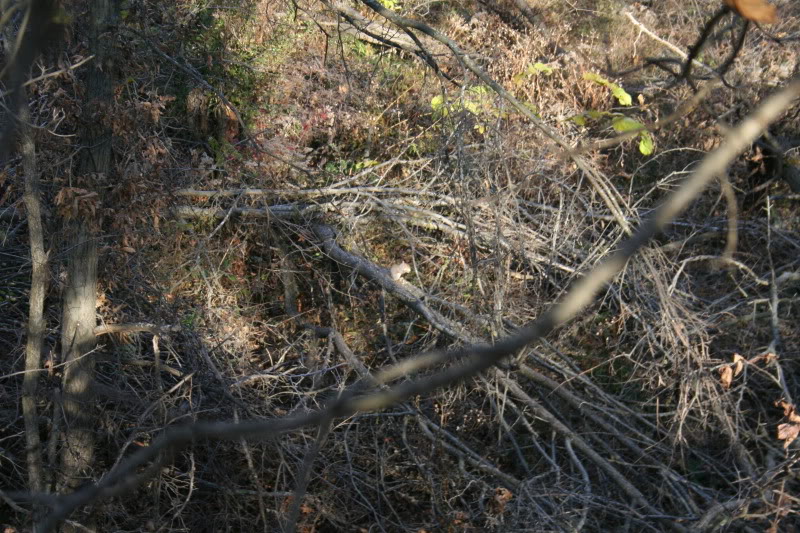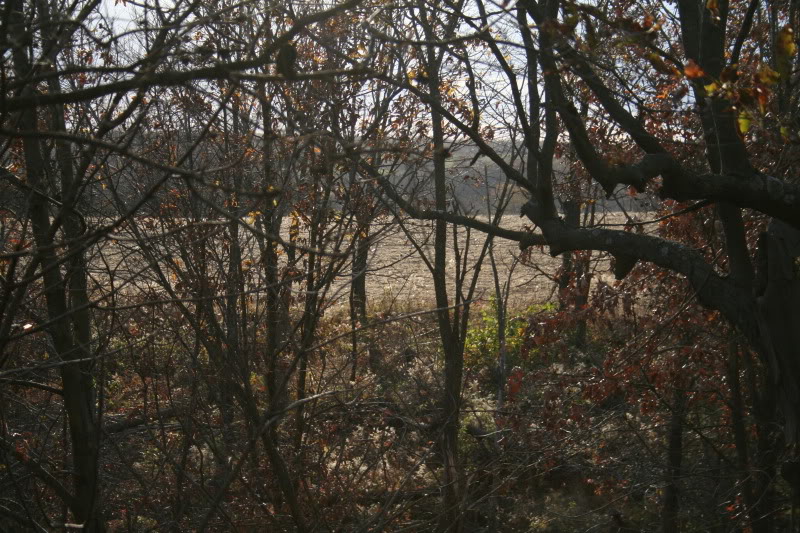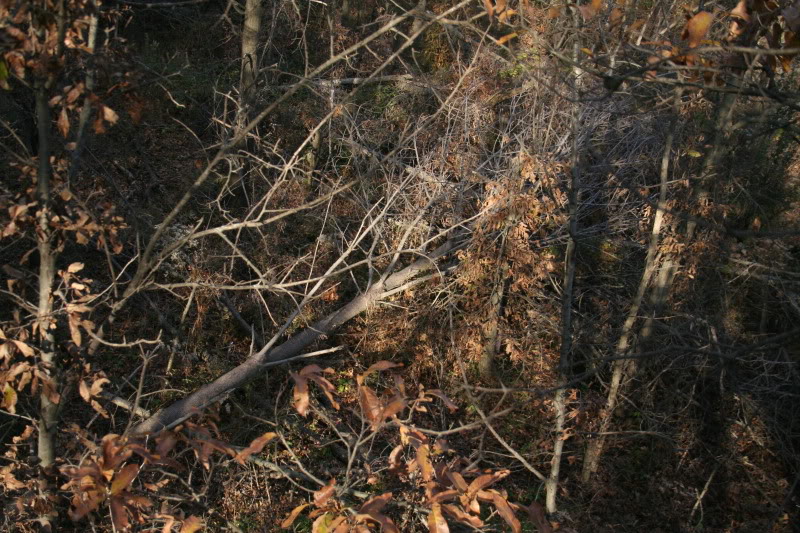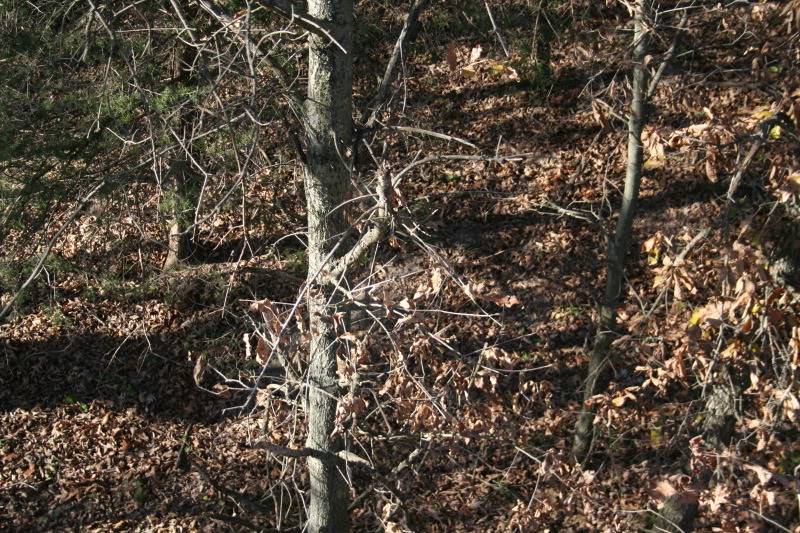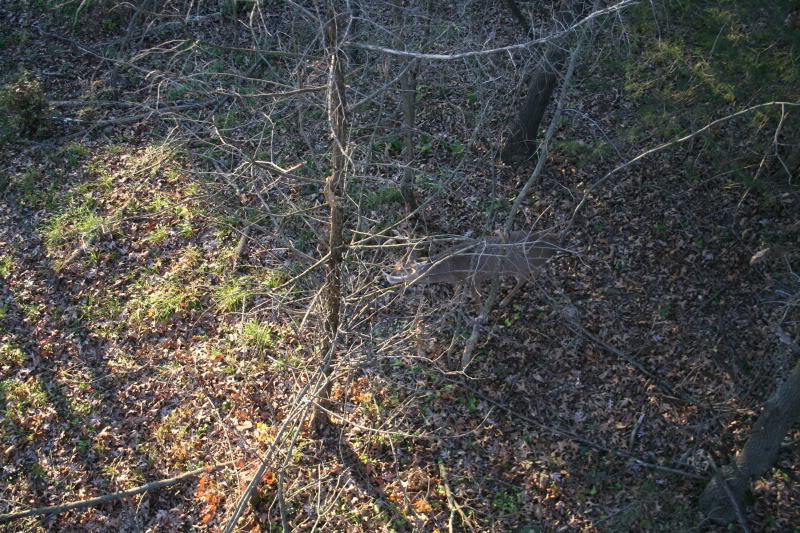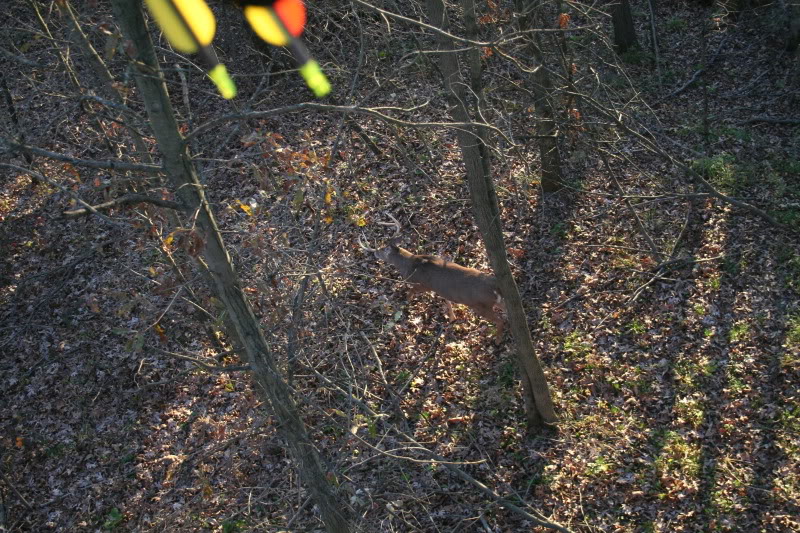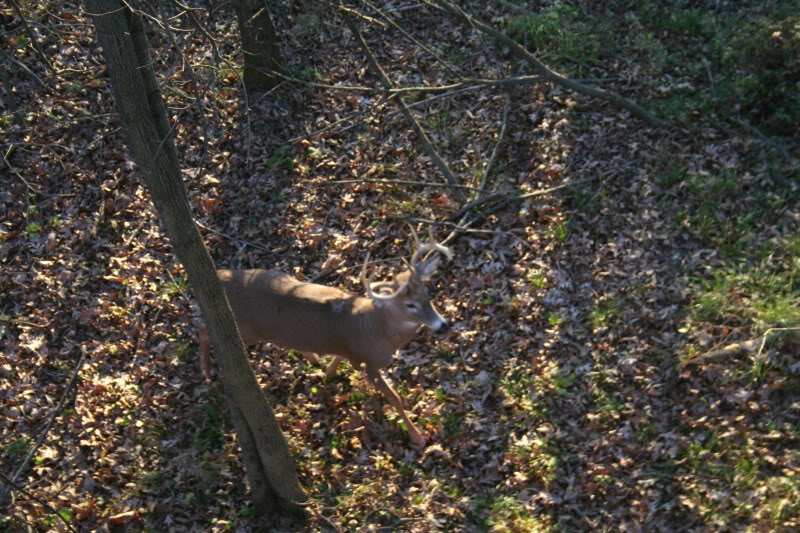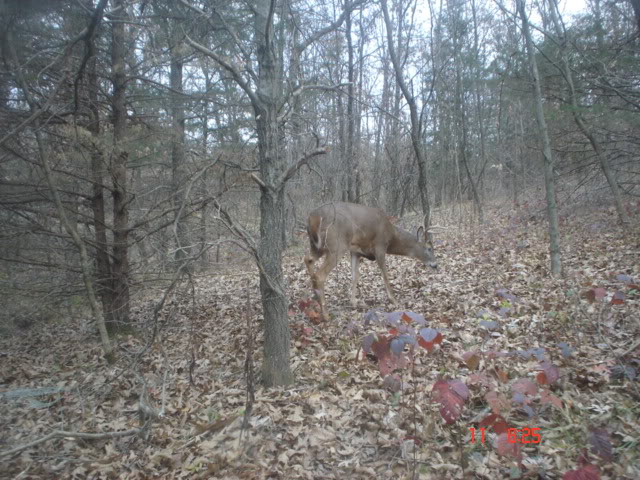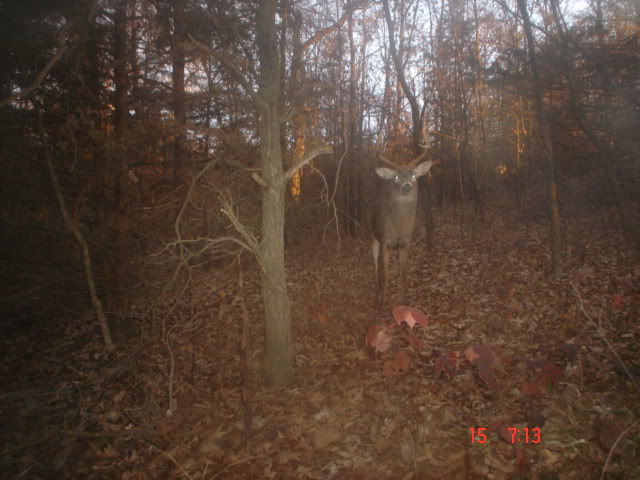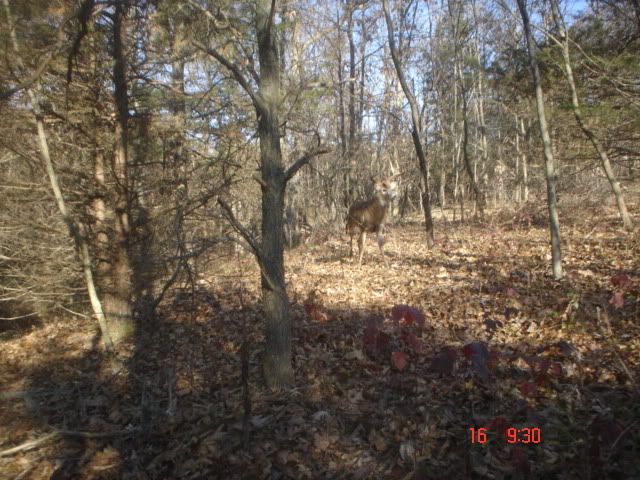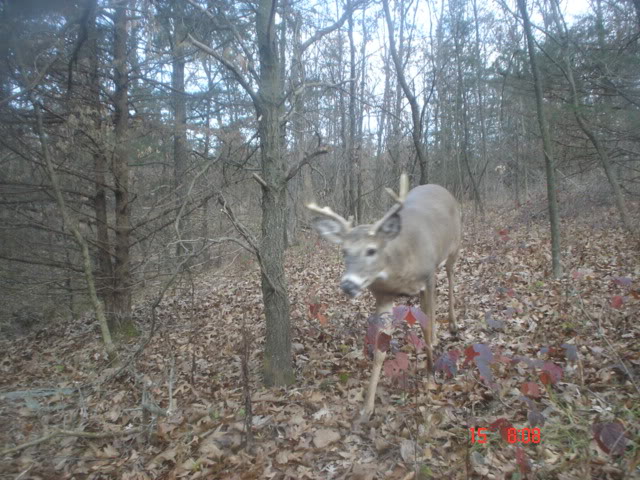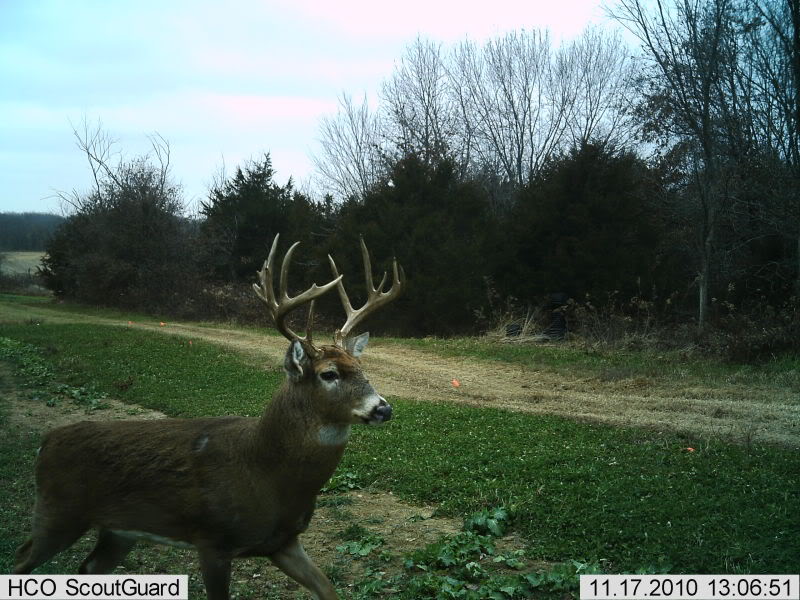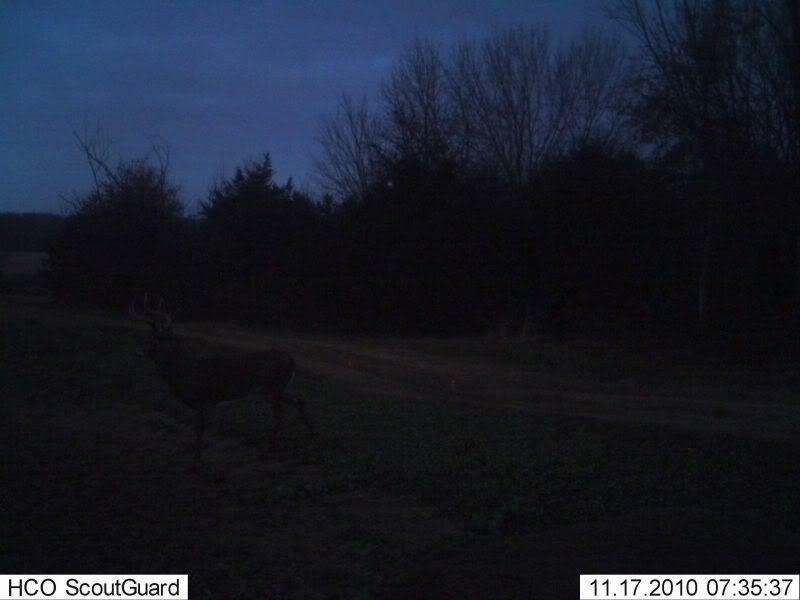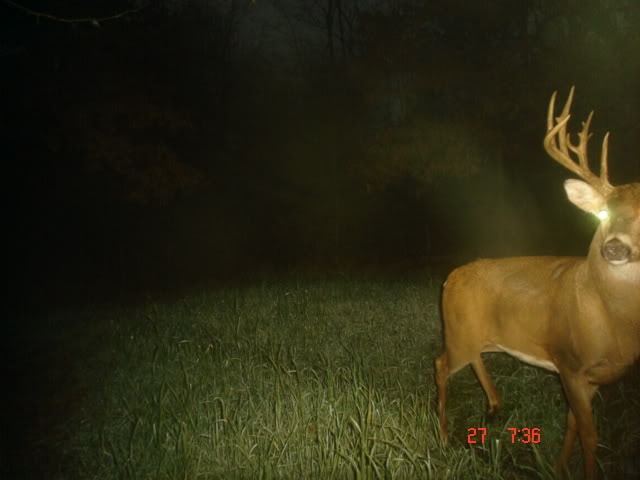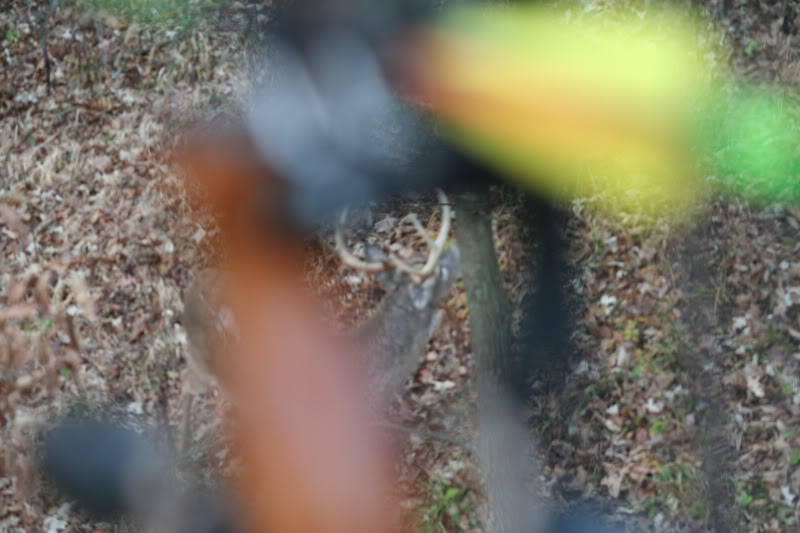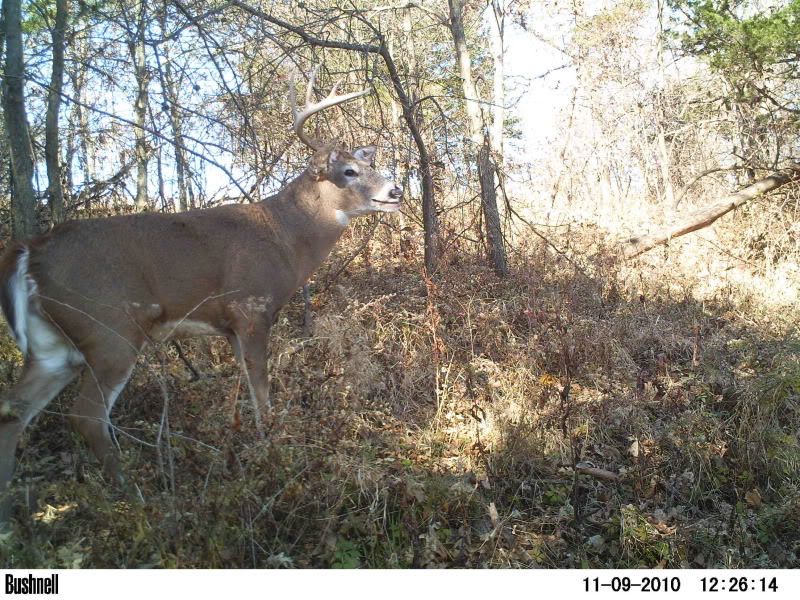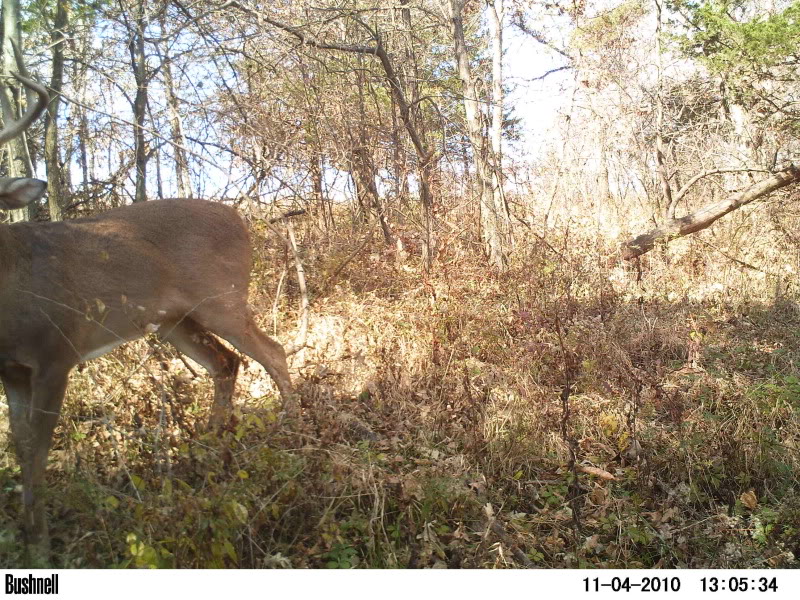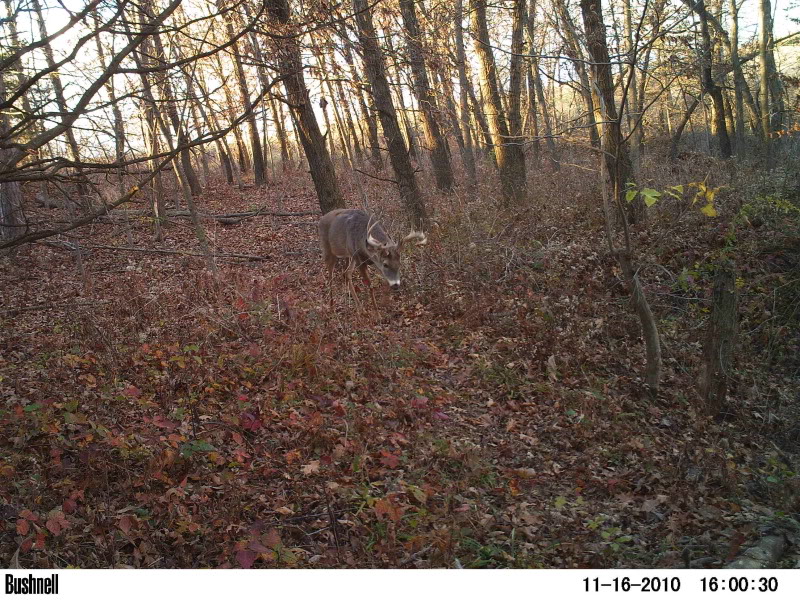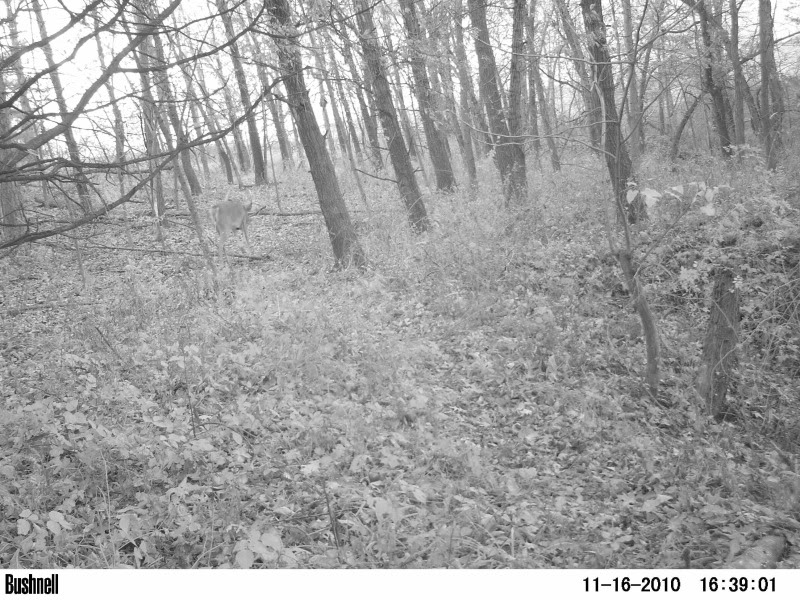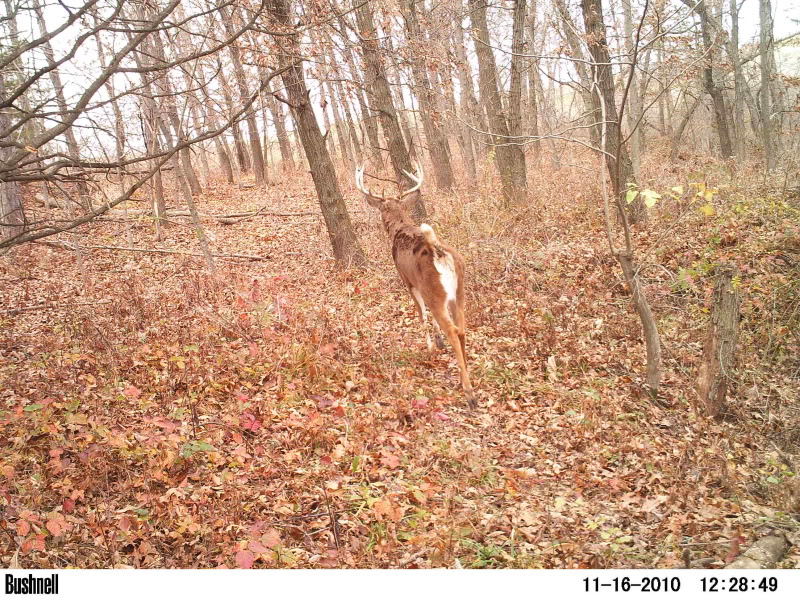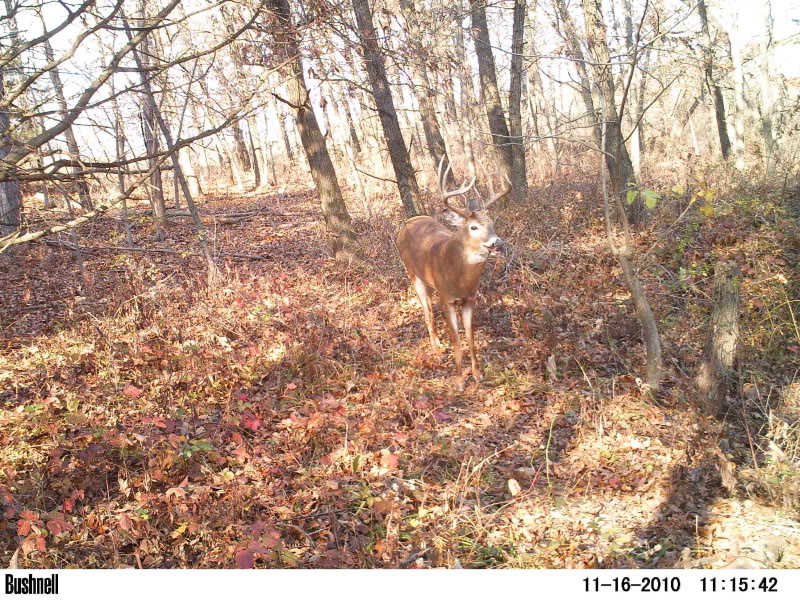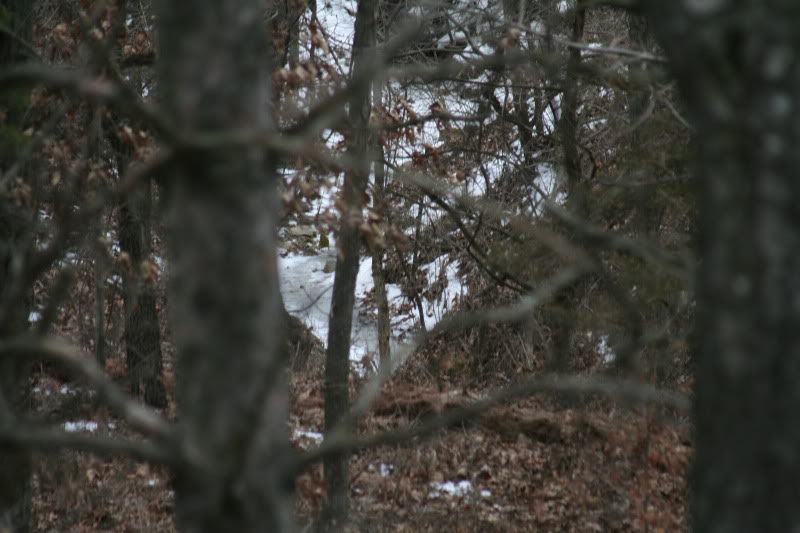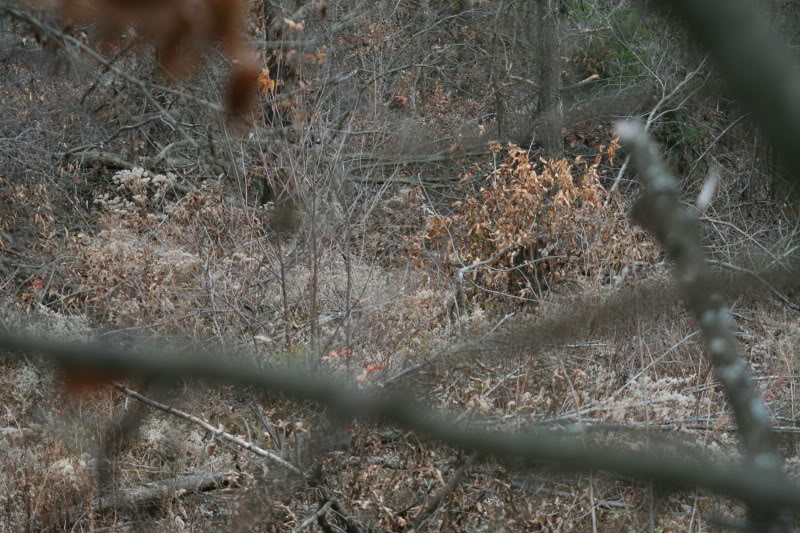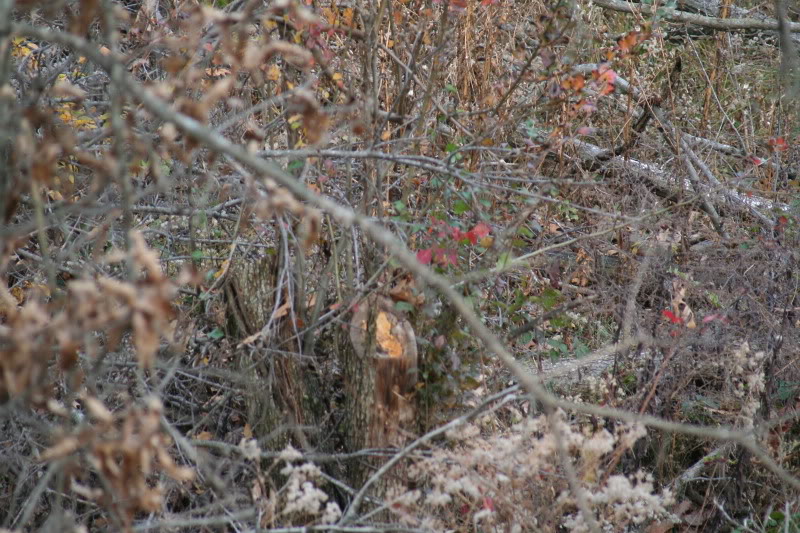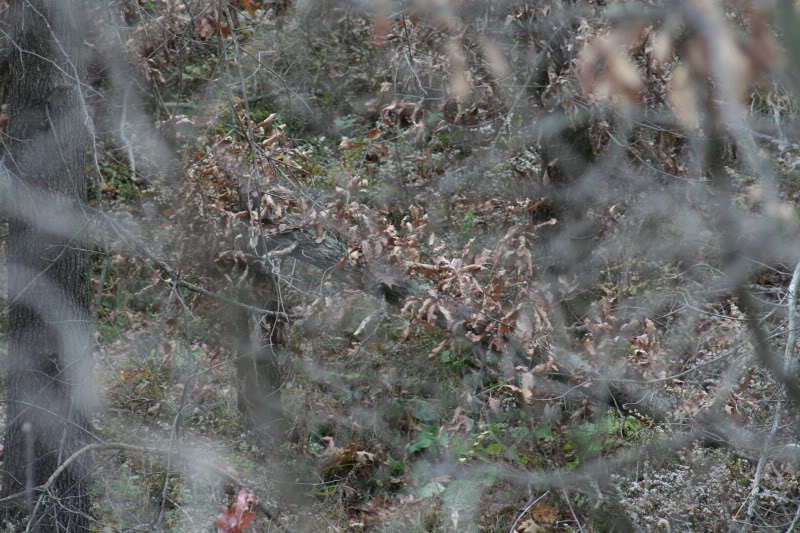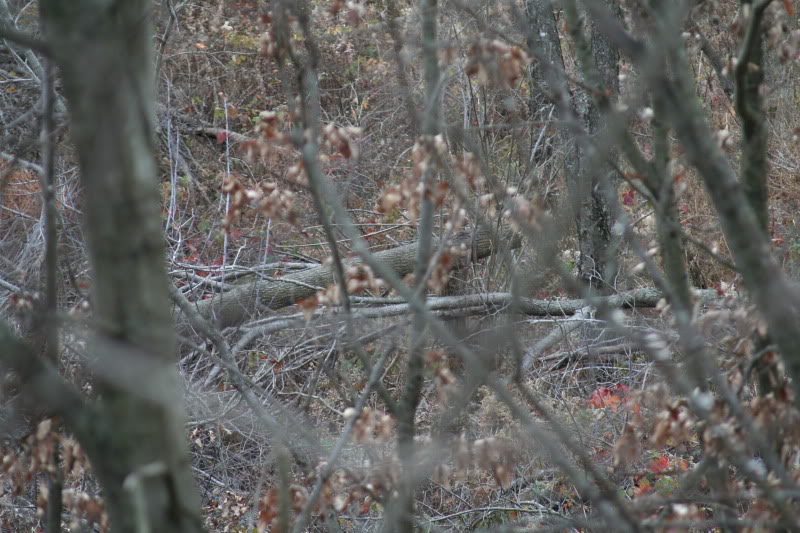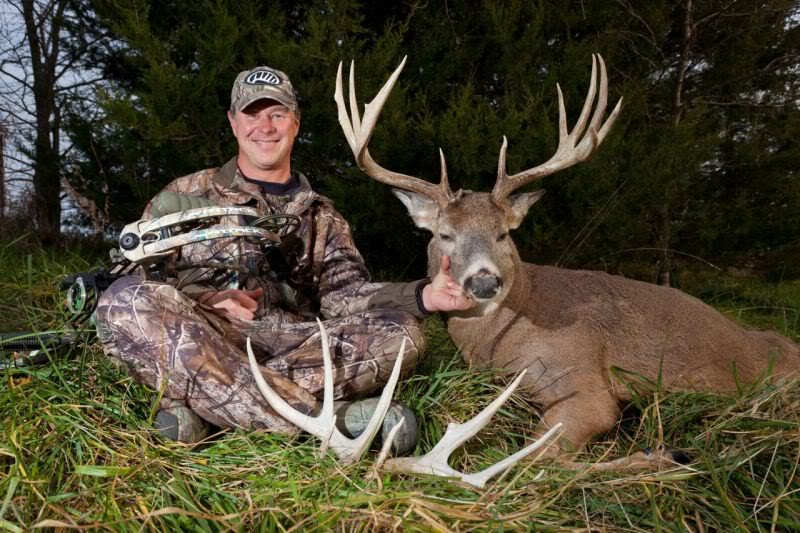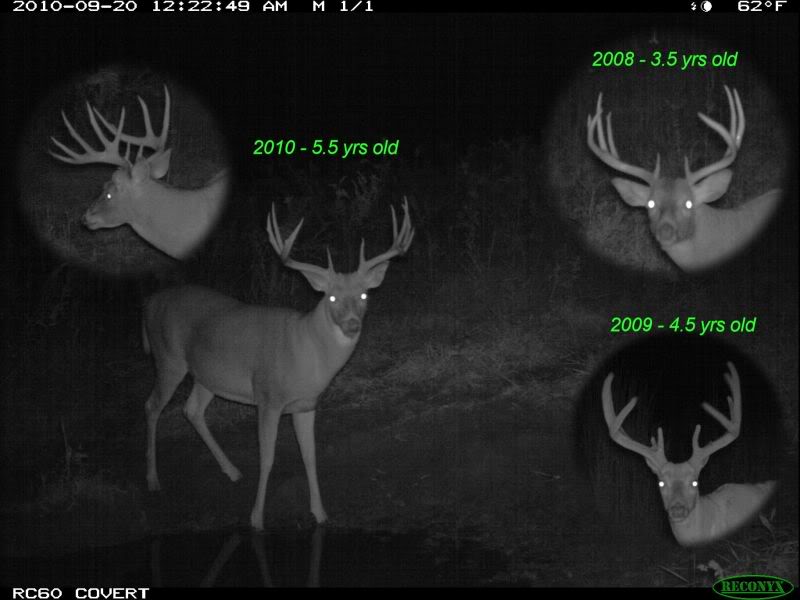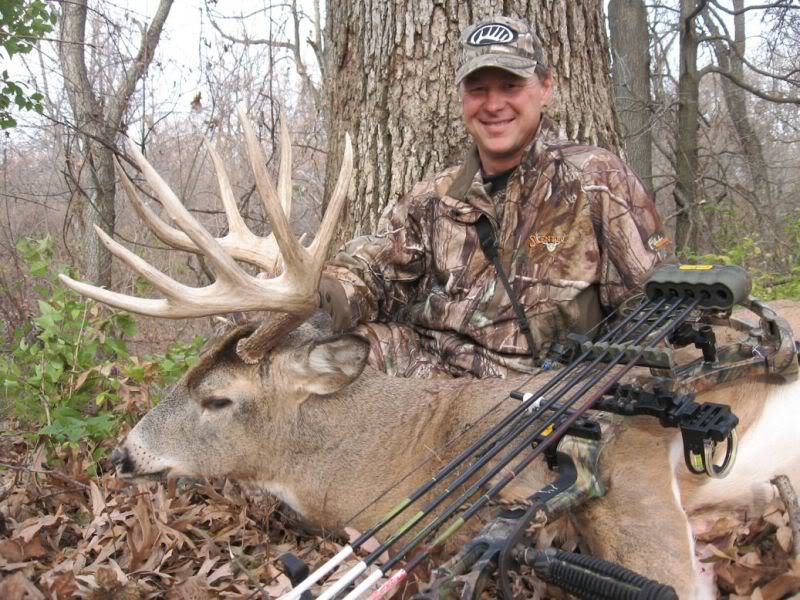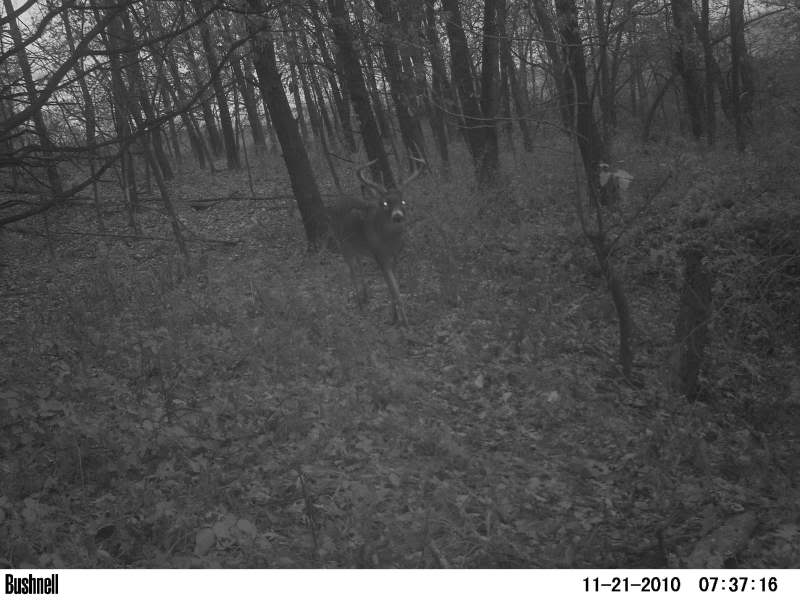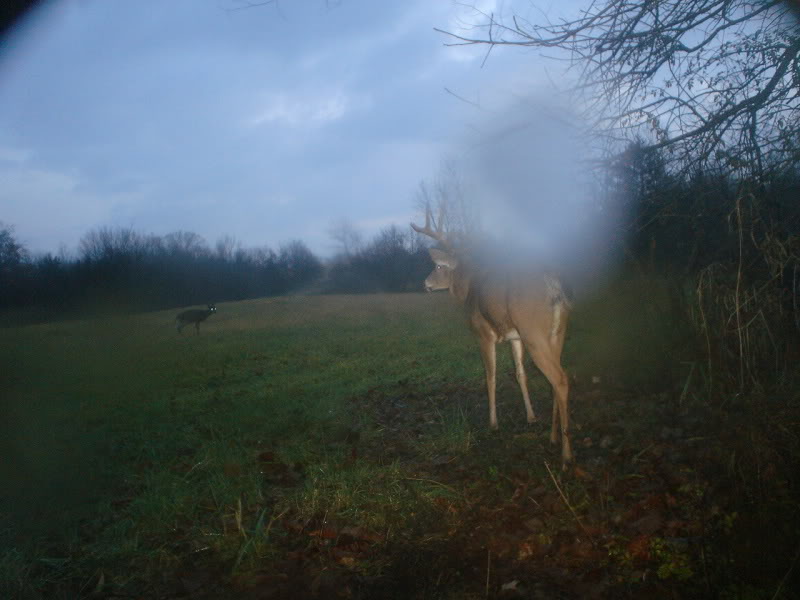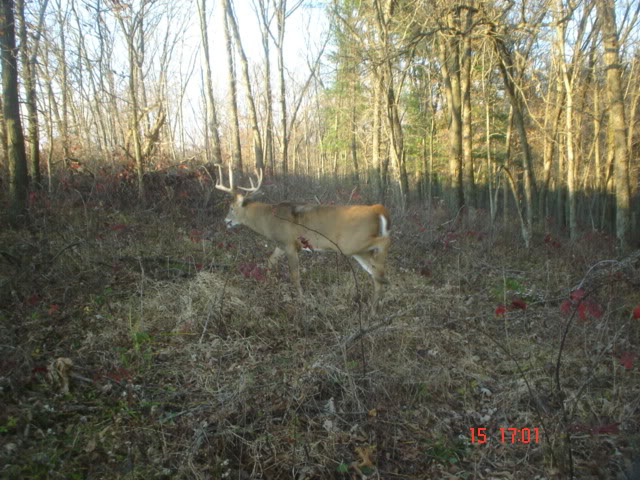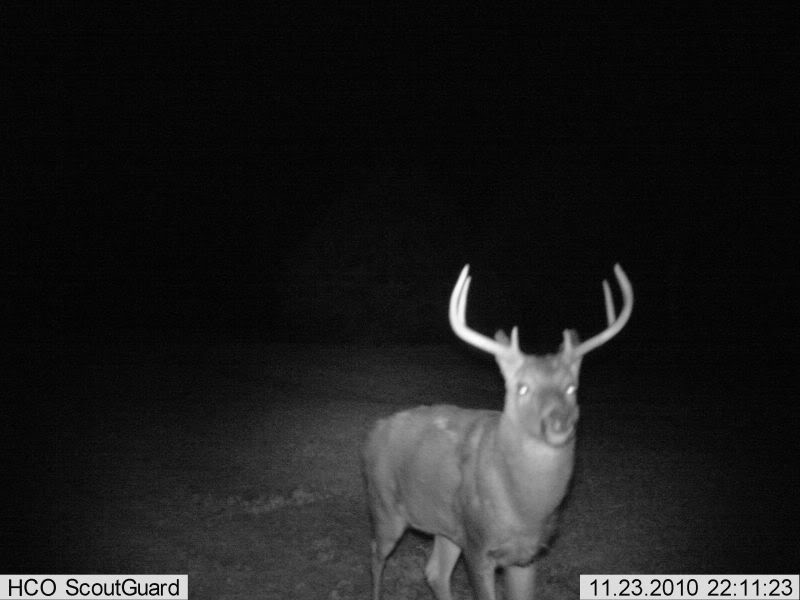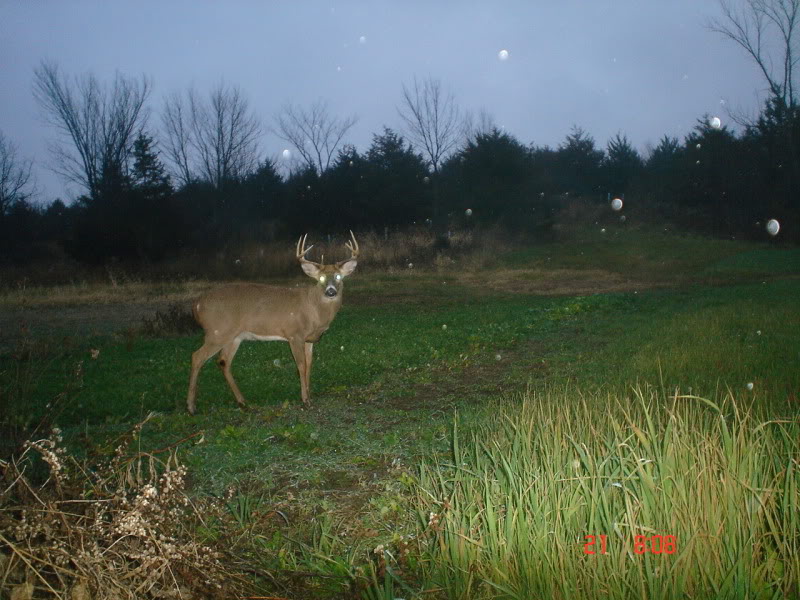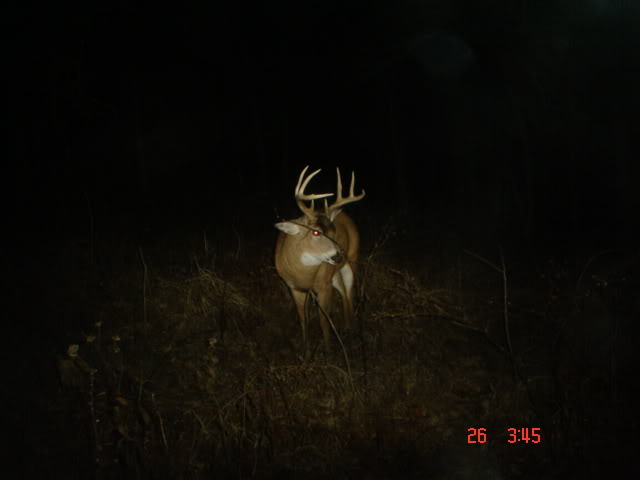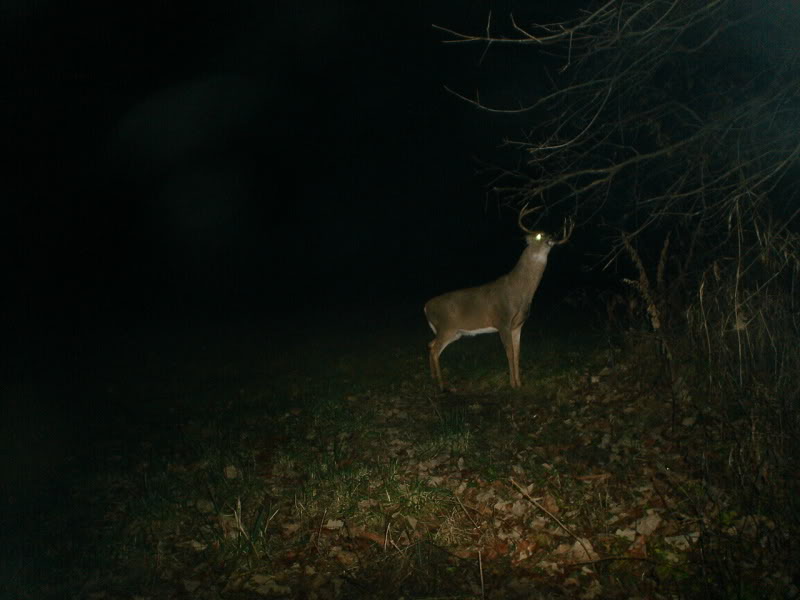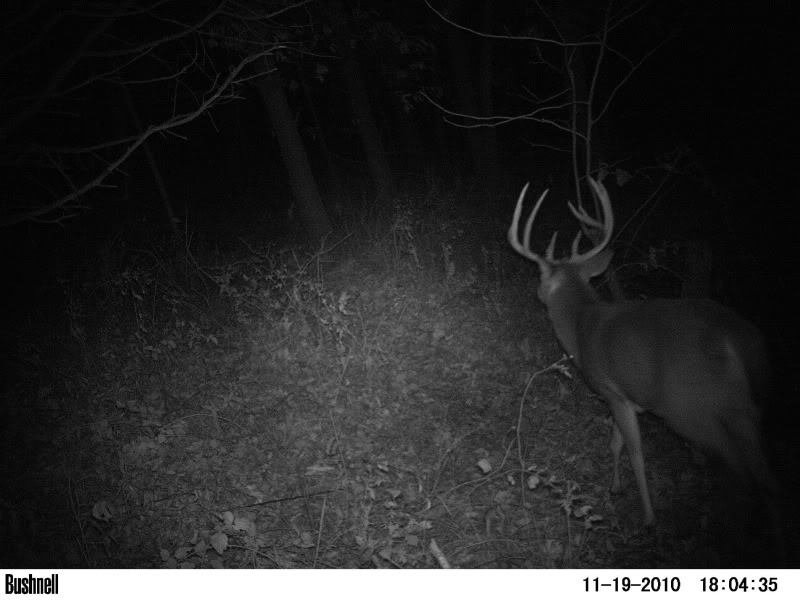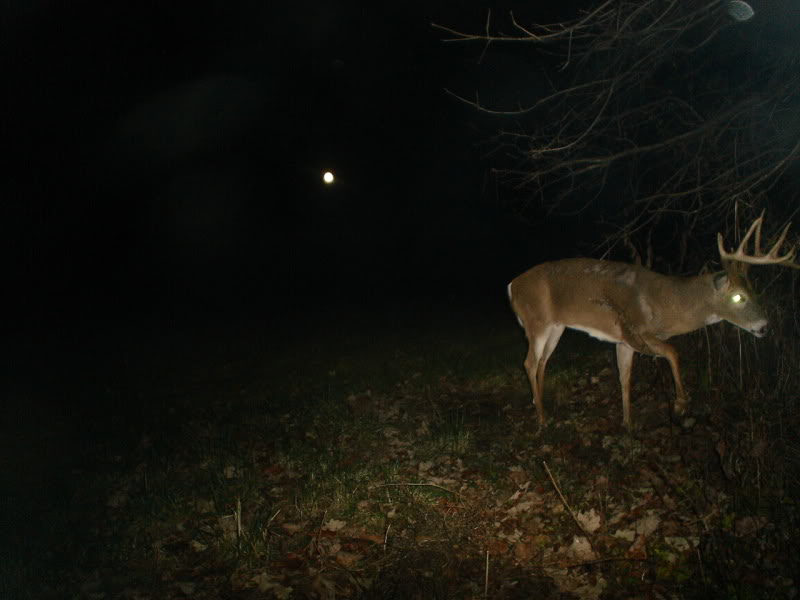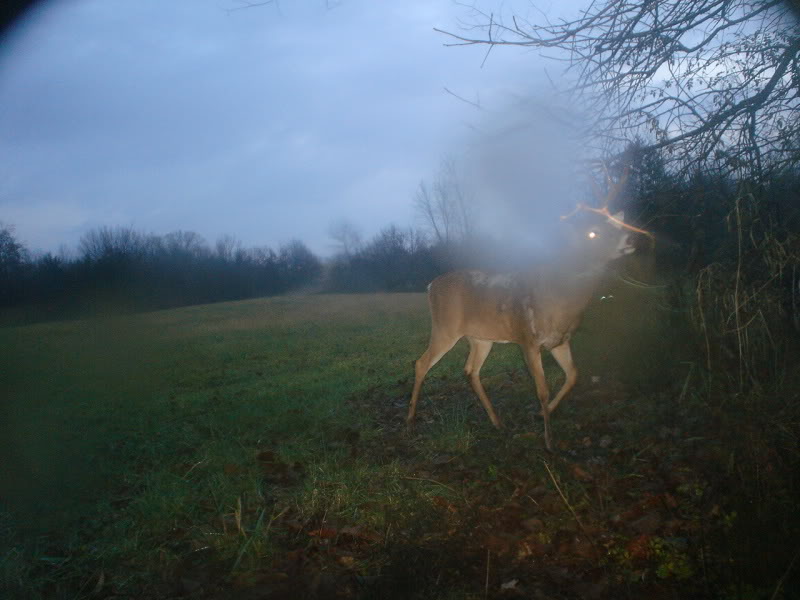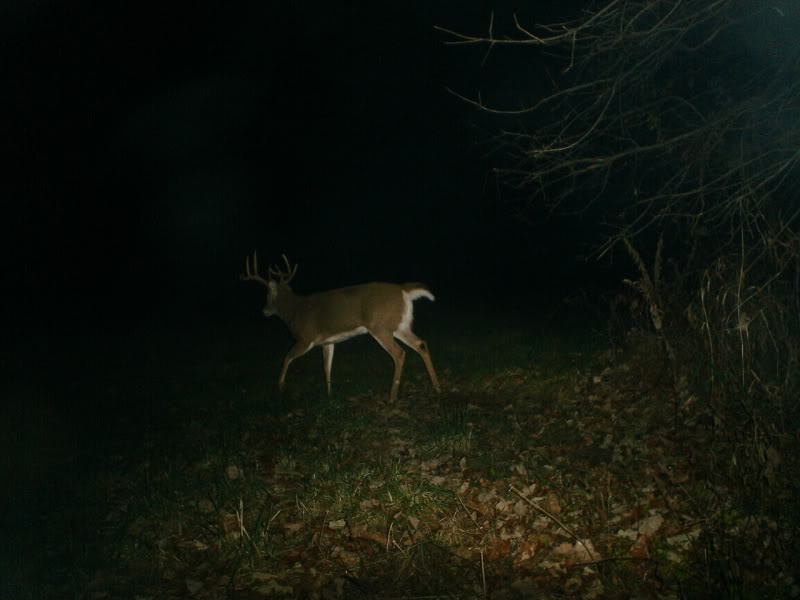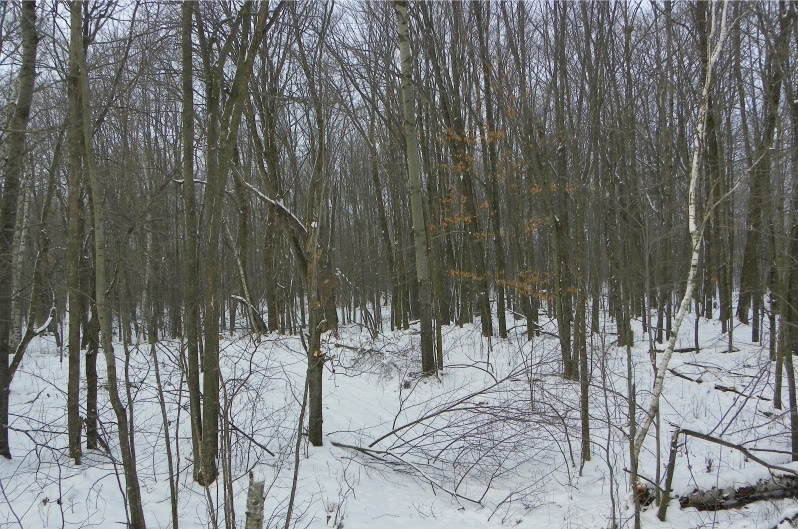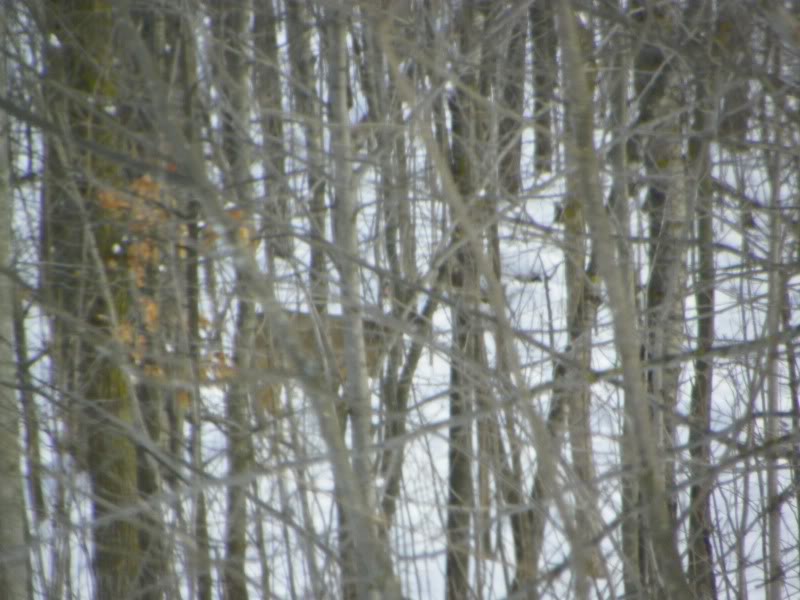Cover
Hinging trees provides browse and creates bottlenecks but the most important aspect is
COVER! Despite all that has been said on this subject I still see hundreds of landowners with wide open timber and fields that wouldn't hide a rabbit let alone a whitetail! Right now...everyone has either been hunting or are still and your timber or wooded areas and the lay of your property and amount of cover is fresh in your mind and a great time to discuss the topic in general.
how does one tell which information is useful to them and which is not
Good question because regardless of where information comes from we need to know it is not only truthful and helpful but really in our best interests if we hope to improve our properties for whitetails.
Why believe me...after all, I'm just an ordinary man with an extraordinary penchant for wildlife habitat. How can anyone, anywhere trust or believe that the information I share will actually help them if their goals are to consistently harvest mature whitetail bucks? I share hundreds of pictures of not only the habitat I create or help others with but the whitetails that utilize the habitat on a daily basis year around in hopes readers will see it's not just "talk"...I share.
Yet another way is when multiple people have consistent success utilizing the same habitat improvements that makes things not a coincidence but rather a set of proven principles that can work literally across the country. I have many good friends in the real estate business all of whom have great habitat programs and are very successful hunters but since my friend Rich Baugh ( A recreational land sales specialist for Whitetail Properties) recently wrote an excellent article for QDMA's "Quality Whitetails" magazine called "Cover is the Key" that parallels to a -T- my own thoughts on cover I wanted to highlight Rich and this years harvest.
168" 5 1/2 year old whopper buck taken with archery equipment on Rich's SE Iowa farm
This isn't the first huge buck Rich has taken nor will it be the last simply because he has put together all the elements of great habitat and put COVER at the top of the list, rather then thinking a food plot was the answer. Some people are successful because of intense pressure on properties around them that forces deer onto their place but if you are looking for the very best advice....look to those who consistently whitetail bucks on their property from 2 1/2 to a mature harvest, because f the habitat they have created.
Rich has done that very thing by creating awesome cover through hinging, TSI, NWSG plantings, smart hunting strategies and the use of many trail cams to monitor his whitetails.
This picture is evidence that Rich was able to hold this deer on his farm from 2 1/2 to 5 1/2
and then successfully harvest this beautiful buck this fall
Some of you may have watched Rich take another beautiful 5 1/2 year old buck from his farm last fall, on Realtree TV so it's not an accident or a fluke. I asked Rich for permission to use his photographs and I urge you to read his article in Quality Whitetails, for great common sense information that you will find very helpful. You won't find anywhere that Rich made individual beds or tied trees down but instead hinged on south facing slopes, logged mature trees and hunts travel corridors....just as I do.
So...before I give my friend a big head....we'll move on to the subject of cover and the reasons it works for Rich and I and hundreds of other landowners...
Hinging cull trees and/or killing competition around crop trees (Oaks) via TSI in most cases is one of the most rapid means of improving cover but not a single inch of your property should be wasted. Recently I acted as cameraman for a friend of mine as he hunted his new farm near mine and we watched as more deer then we could count popped out of the thick red cedar/shingle oak bedding area into a corn stubble field. He has only owned the farm a few weeks and is still learning it and planning new habitat improvements.
We looked over an aerial map of the bedding area and he noted a 4-5 acre field of cool season grass (once pasture) that deer skirted and rarely used (observations from his tree stands) so I encouraged him to consider converting the field to NWSG to not only add to his overall cover but create a place where a mature buck, intent on solitude would be inclined to bed. Nothing to do with hinging per se but everything to do with adding as much cover to his property as possible and that means turning otherwise wasted area into better habitat.
As we watched deer pour out of that bedding area we also noted at least 5 bucks that probably ranged from 3 1/2 to 5 1/2....all from one 40 acre patch of cover.
I'm not aware of a single consultant or adviser who would not be in complete agreement that cover is extremely important but there are of course differing ideas or opinions on hot to create the best cover and actually hold whitetails from 2 until maturity. That's the part that many landowners are confused by...they see the buck harvested but no evidence (such as Rich shared) that they had made improvements that keep whitetails there for years....not just when pushed there due to high pressure on surrounding properties.
In heavily hunted/pressured areas like PA and MI even a small property becomes a sanctuary to deer during November but such is not the case in Iowa where nearly all farms (at least in SE Iowa) become sanctuaries. Large tracts of land are purchased solely for hunting and managed as such so 1-2 people are likely to quietly hunt bow hunt 400 acres in Iowa versus 5 people on any given 40 acres in eastern states. That means people like myself with small farms must work even harder to hold whitetails because they don't come here because throngs of hunters drive them here.
My farms are separated so they involve different deer and different terrain but the principles are the same...thick timber created by TSI and hinging, NWSG, shrub and conifer planting, centrally located food sources that feed deer year around and...bottlenecks that allow me to kill bucks away from feeding areas.
I enjoy sharing trail cam pics as living proof that the habitat improvements that Rich, myself and literally hundreds of others employ...work perfectly!
What kind of cover should you have?
Thick! The kind you can't see through...the kind deer feel safe in, that they can see under but you can not see them!
I'm standing at a fence line taking these pictures of naturally regenerated cover (over grown pasture)
and what we don't want...wide open timber!
One thing rich notes in his article is that when deer reach 4 1/2 they stop appearing in the open timber areas of his farm...so this we want to avoid (note some minimal TSI has been done)
and create this instead
I encouraged the landowner to have the forester doing the TSI to do some hinge cutting but because they don't understand it...they just cut it all down!
The side with the tremendous cover is made even better because it is screened by red cedars
There is no need to make deer a bed in a safe sanctuary like this...heck you couldn't keep them out if your tried!
When you hunt narrow corridors leading from thick bedding areas to either more bedding or feeding areas you can easily kill mature bucks without hoping they'll expose themselves in open ares before dark. Knowing that there is no real need to "boggle" your mind with minute details abut hunting itself. Create the funnels, hunt the wind and kill some good deer as they travel them...
If you wonder if you can believe the habitat advice given...look for proof the the habitat enhancements actually hold young bucks like these...
until they reach 4 1/2, 5 1/2 and older...
Too many people have "food plot on the brain" and they completely forget the need that
COVER is the only way they will ever be able to consistently hold whitetail bucks on their property to maturity. Trust in whom you will and believe what you wish but those pics are from two different farms, each with less then 40 acres of timber a piece...not unlike a whole lot of other farms across the nation........

